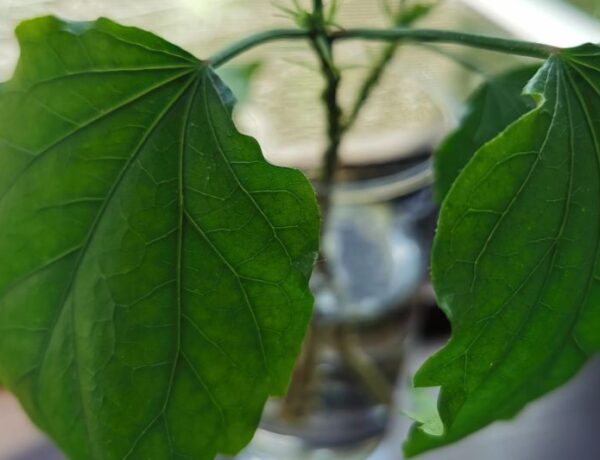Has your Nephrolepis exaltata ‘Bostoniensis’, more commonly known as the Boston fern, started showing signs of yellowing fronds? Well, don’t worry, you’re not alone. Many of us, enthusiastic indoor gardeners, have faced this challenge.
Let’s dive into the nitty-gritty of what might be causing your Boston fern’s fronds to turn yellow, and how you can nurse your green friend back to health.
Table of Contents
1. Overwatering
Firstly, let’s talk about watering. Yes, Boston ferns do love their water, but too much of it can lead to problems. Like most plants, Boston ferns don’t like having ‘wet feet’. Constantly damp soil can make it hard for the roots to absorb water and nutrients, and it can even invite a pesky fungal infection called root rot.
So, watch out for overwatering, it’s a common culprit in the yellowing of fern fronds.
2. Underwatering
On the flip side, not giving your Boston fern enough water can also cause those fronds to turn yellow. If the fern doesn’t get enough moisture, it might struggle with important life processes.
So, remember to water your fern when the top two inches of the soil feel dry. And, in hotter or drier conditions, your fern might need a little extra hydration.
3. Soil Type
Who knew that the type of soil could have such a big impact on your Boston fern? If your soil is heavy on organic matter or clay, it could be holding on to water for too long, and remember, we don’t want those ‘wet feet’.
Choose a soil mix that drains well but still holds some moisture – a mix with organic material, perlite, pine bark, and sand is a good bet.
4. Low Humidity
Boston ferns are huge fans of humidity! Unfortunately, our homes can often be quite dry, especially when the heating or air conditioning is running. Dry air can cause your fern to lose water quickly from its leaves, which can turn them yellow.
Consider using a humidifier to keep your fern happy, especially during those dry spells.
5. Nutrient Deficiency
Just like us, Boston ferns need a balanced diet to stay healthy. If your fern isn’t getting the nutrients it needs, it might start showing signs of yellowing.
A monthly dose of a low-dose fertilizer designed for houseplants should do the trick and keep those fronds lush and green.
6. Sap-Sucking Pests
Unwelcome visitors, like spider mites, thrips, and aphids, might be causing your Boston fern trouble. These pests can cause damage by sucking the sap out of the fern’s fronds, leading to yellow spots or ‘stippling’.
7. Cold Temperatures
Boston ferns love warmth, so cold temperatures can stress them out and cause the fronds to turn yellow. Try to keep your fern in a place where the temperature is consistently warm and cozy.
8. Exposure to Direct Light
Boston ferns aren’t sun worshippers – too much direct light can damage their leaves and cause them to turn yellow. Keep your fern in bright but indirect light to keep it happy and green
9. Poor Air Circulation
Did you know Boston ferns also need good air circulation to stay healthy? Stagnant air can cause problems with mold and fungi, leading to yellow leaves. Make sure your fern is in a spot where the air moves freely.
10. Physical Damage
Accidents happen, but they can stress your Boston fern and cause yellowing or even browning of the fronds. Always handle your fern with care to avoid physical damage.
11. Disease
Lastly, diseases, including fungal infections or bacterial wilt, can cause your Boston fern’s fronds to turn yellow. If you suspect your fern is diseased, it might be time to consult a plant care professional or manual.
Wrapping it up
So, there you have it! The mystery of the yellowing Boston fern fronds – solved! Remember, taking care of plants is a labor of love, and every plant has its own personality and preferences. Keep an eye on your Boston fern, adjust its care as needed, and you’ll have a lush, green fern in no time!






No Comments